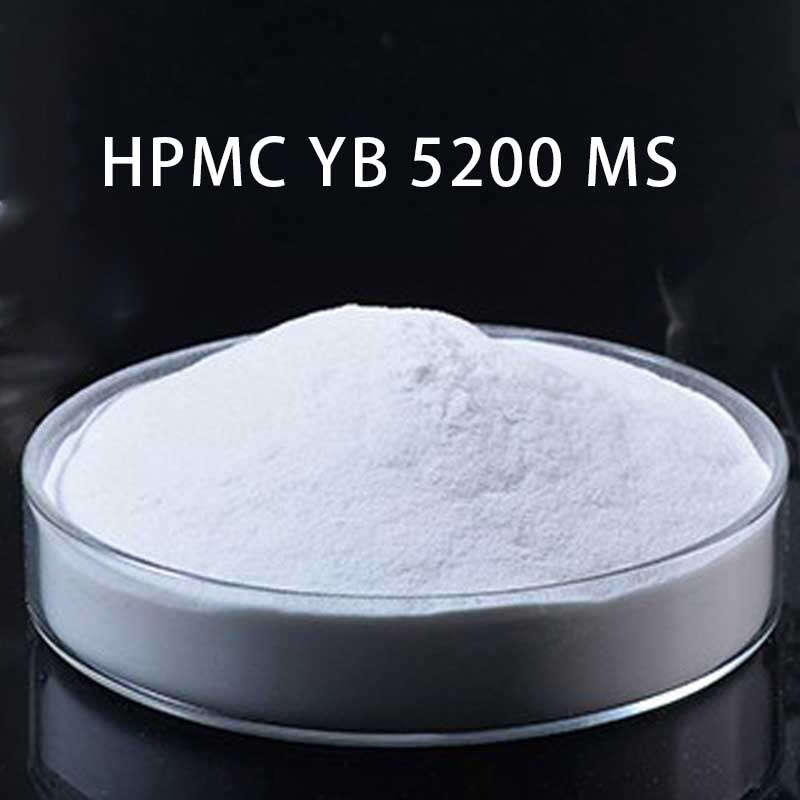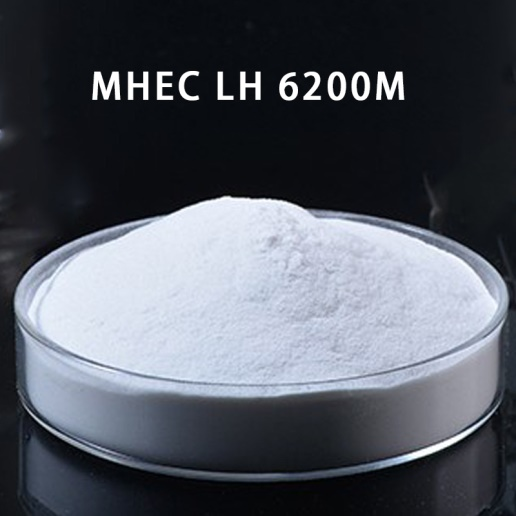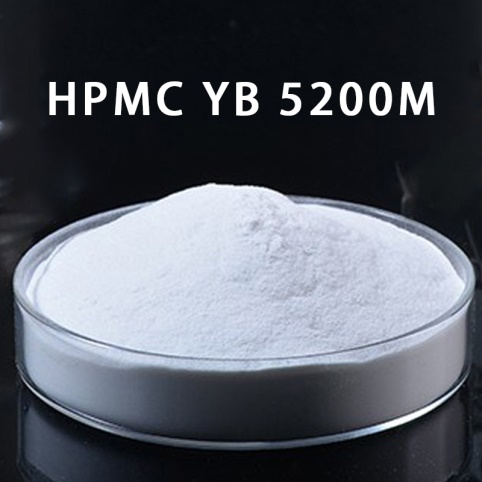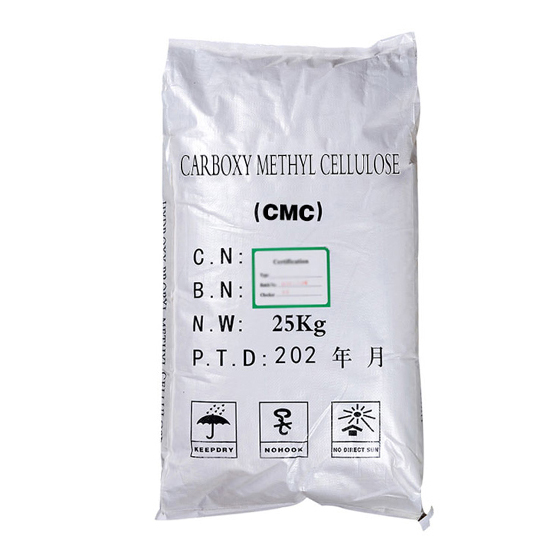
Products
HEMC LH 6000
Specification of HEMC LH 6000
| Chemical name | Hydroxyethyl Methyl Cellulose |
| Synonym | Cellulose ether,2-hydroxyethyl methyl cellulose, Cellulose, 2-hydroxyethyl methyl ether, Methyl hydroxyethyl cellulose, HEMC, MHEC |
| CAS number | 9032-42-2 |
| Brand | EipponCell |
| Product Grade | HEMC LH 6000 |
| Solubility | Water Soluble Cellulose ether |
| Physical form | White to off-white cellulose powder |
| Moisture | Max.6% |
| PH | 4.0-8.0 |
| Viscosity Brookfield 2% solution | 4800-7200mPa.s |
| Viscosity NDJ 2% solution | 4800-7200mPa.s |
| Ash content | Max5.0% |
| Mesh size | 99% pass 100mesh |
| HS code | 39123900 |
Application of HEMC LH 6000
EipponCell® HEMC LH 6000 Cellulose ether is a versatile additive used in thermal insulation mortar. Its incorporation into the mortar formulation has a notable effect on the drying shrinkage of the material. Interestingly, as the content of hydroxyethyl methylcellulose increases, the drying shrinkage initially decreases and then increases. The lowest and highest shrinkage values are observed at 2.4% and 3% content, respectively.
Similarly, inorganic thermal insulation mortar also exhibits a similar trend in mass loss and drying shrinkage with the addition of cellulose ether. The mass loss decreases initially, reaching its minimum at a 3% content, but then increases with further increments of cellulose ether. Notably, the mass loss and drying shrinkage are not directly related.
The addition of hydroxyethyl methylcellulose positively impacts the pore size distribution in the thermal insulation mortar. Multiple peaks appear in the pore sizes below 5nm and 10nm, leading to a trend of first decreasing and then increasing in pore sizes below 10nm as the cellulose ether content increases. When the dosage of cellulose ether reaches 3%, the pore diameter of less than 10nm is higher than in other inorganic thermal insulation mortars.
Furthermore, the content of cellulose ether influences the most probable pore size, which exhibits a pattern of increasing and then decreasing. Smaller, most likely pore sizes correspond to larger drying shrinkage values, while larger most probable pore sizes are associated with smaller drying shrinkage values.
Documents of HEMC LH 4000
Recommended HEMC for Building & Construction
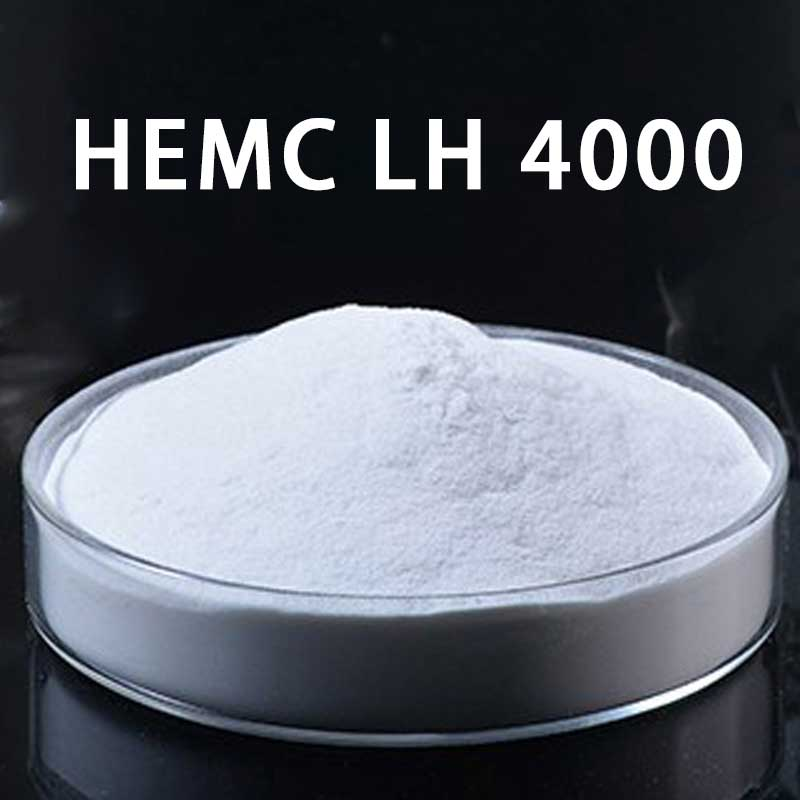
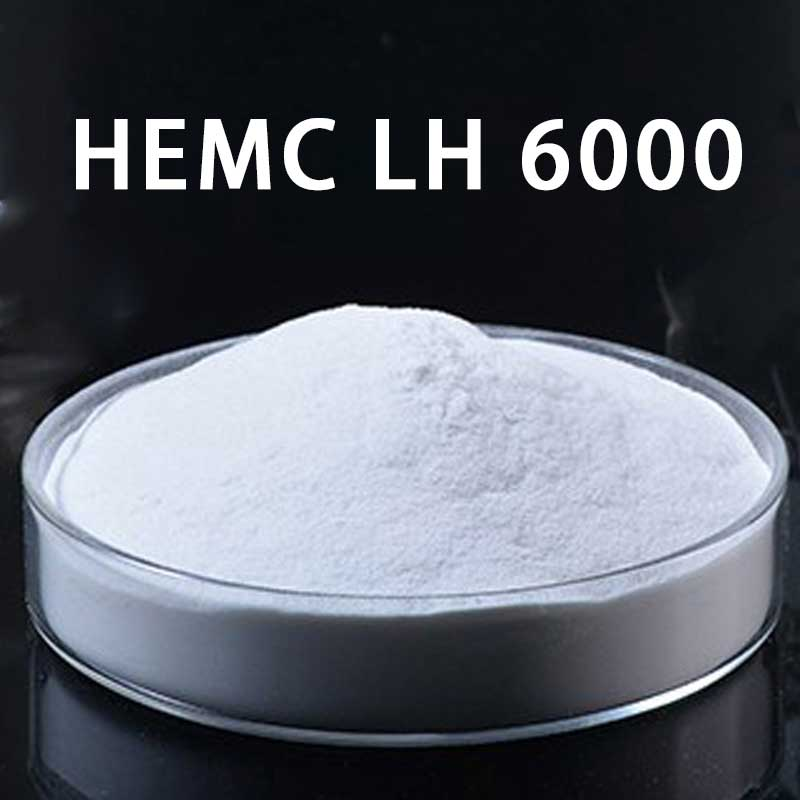
Address
Mayu Chemical Industry Park, Jinzhou City, Hebei, China
Tel/Whatsapp
+86-311-8444 2166
+86 13785166166 (Whatsapp/Wechat)
+86 18631151166 (Whatsapp/Wechat)
Latest information
news



